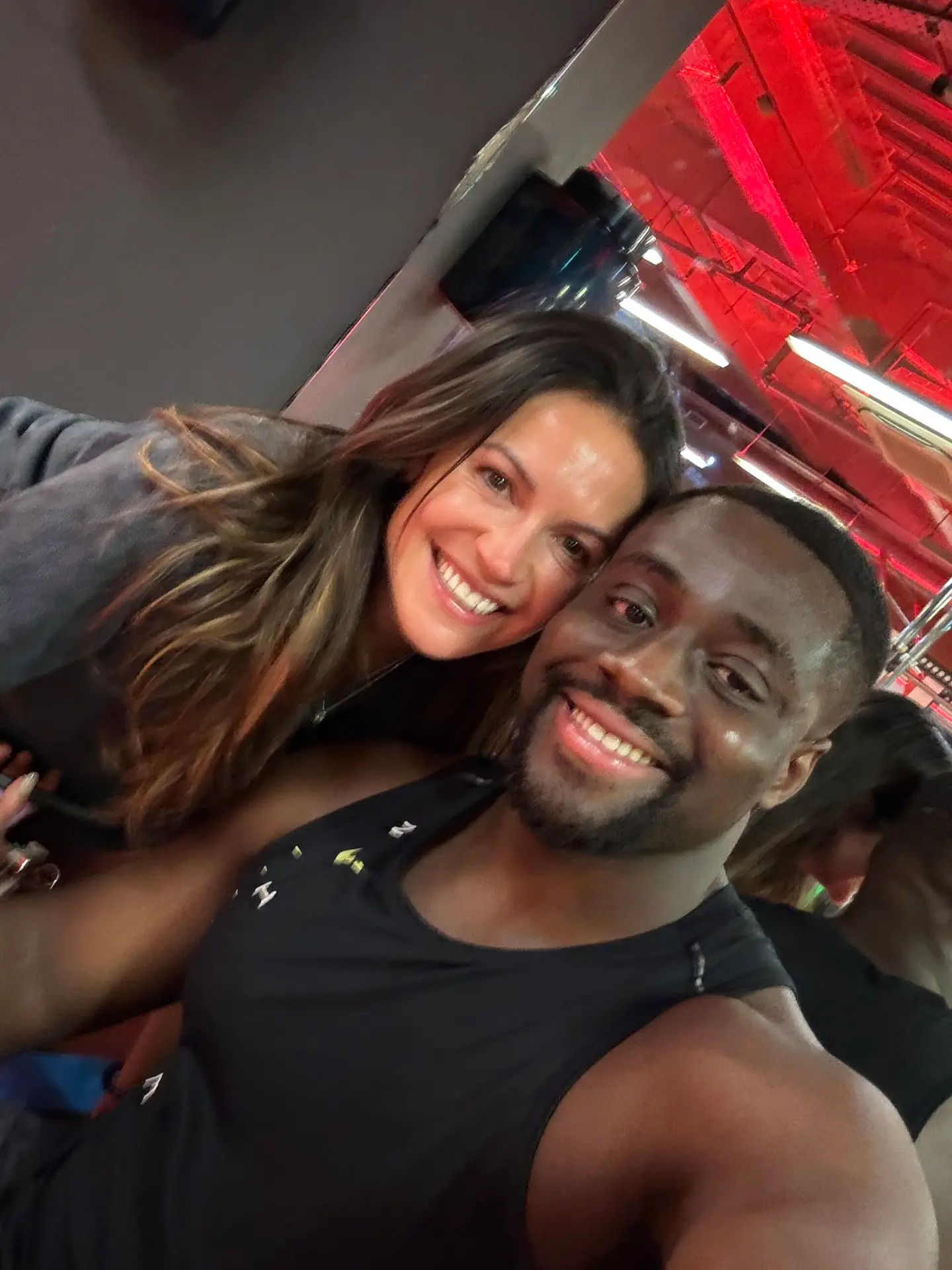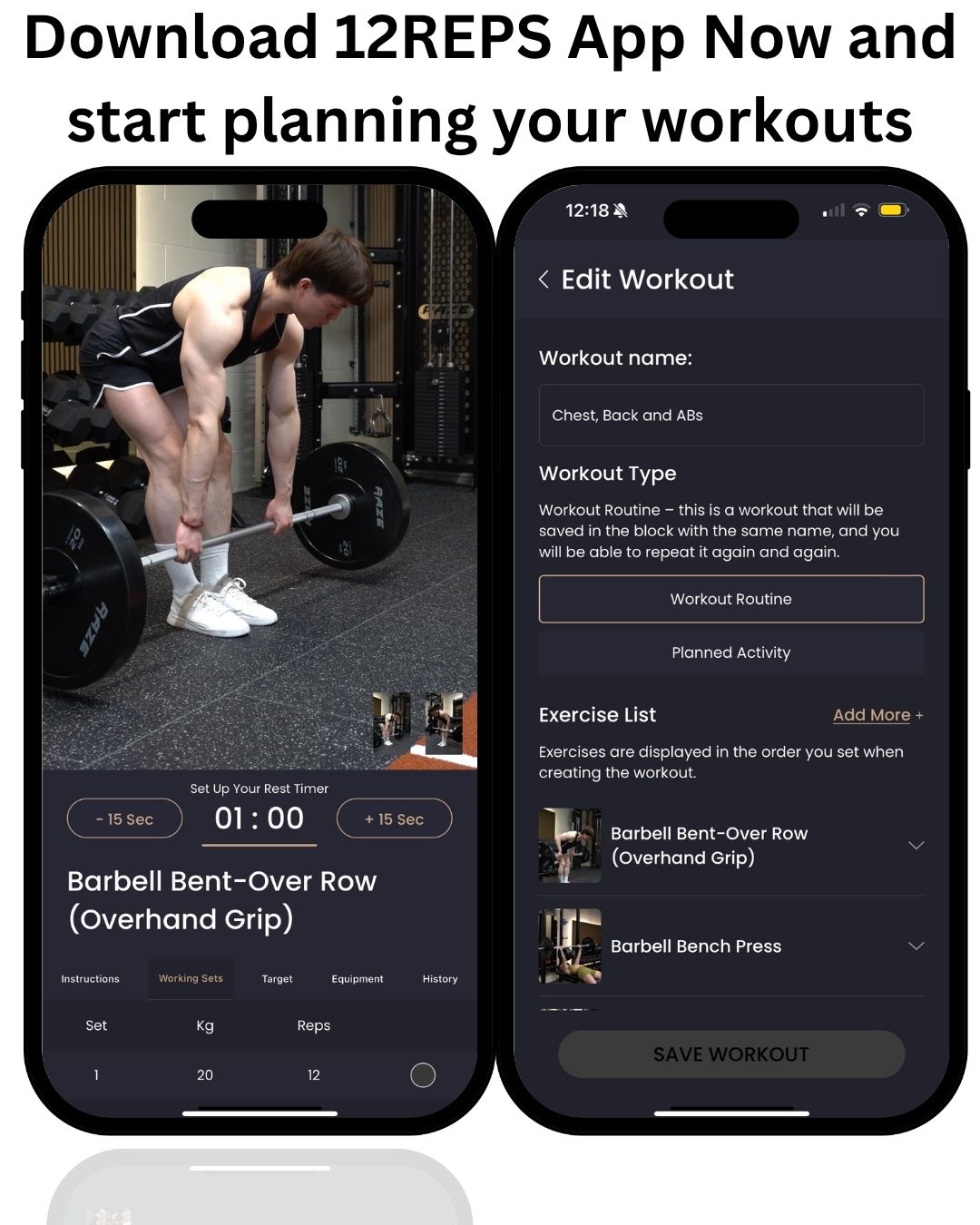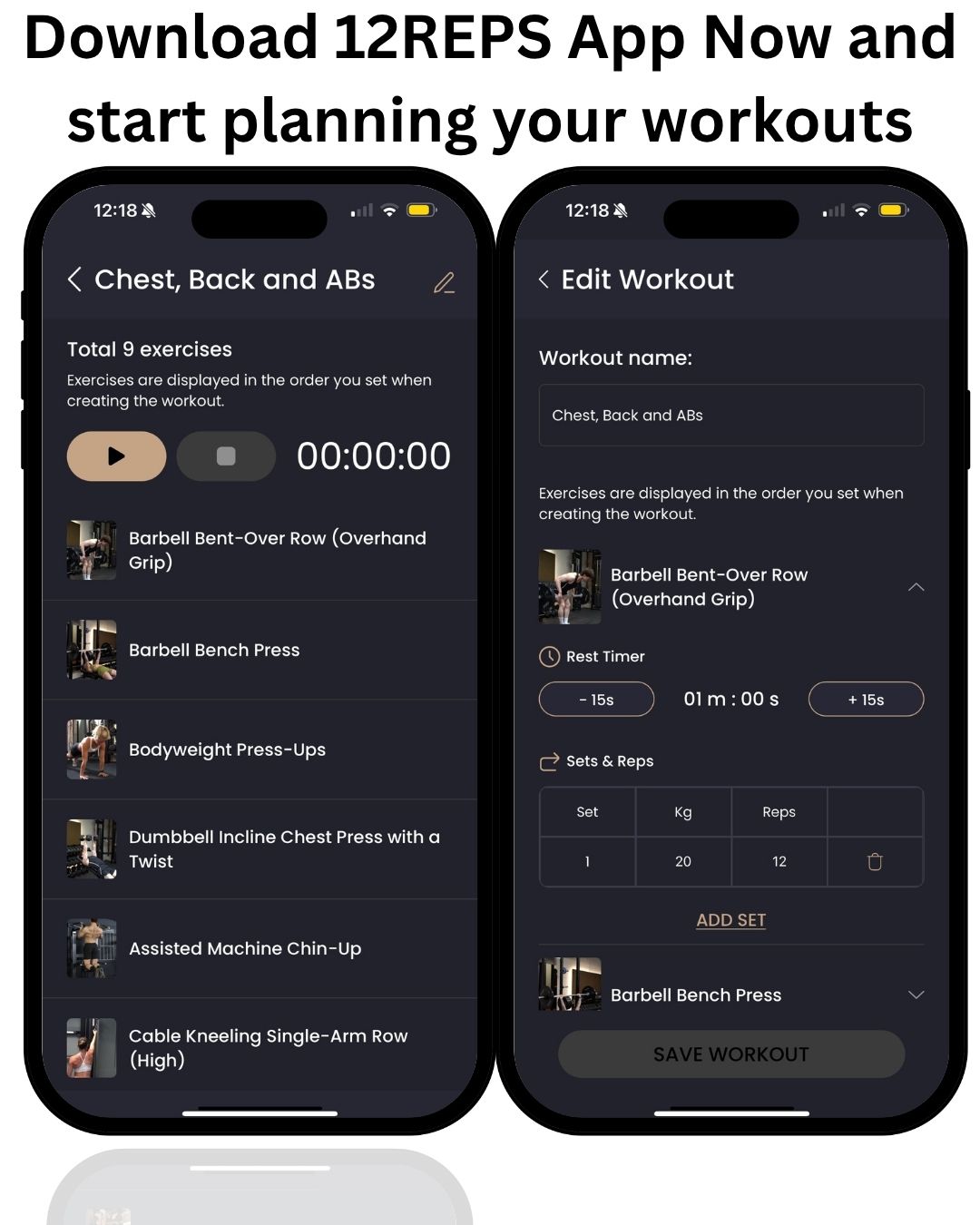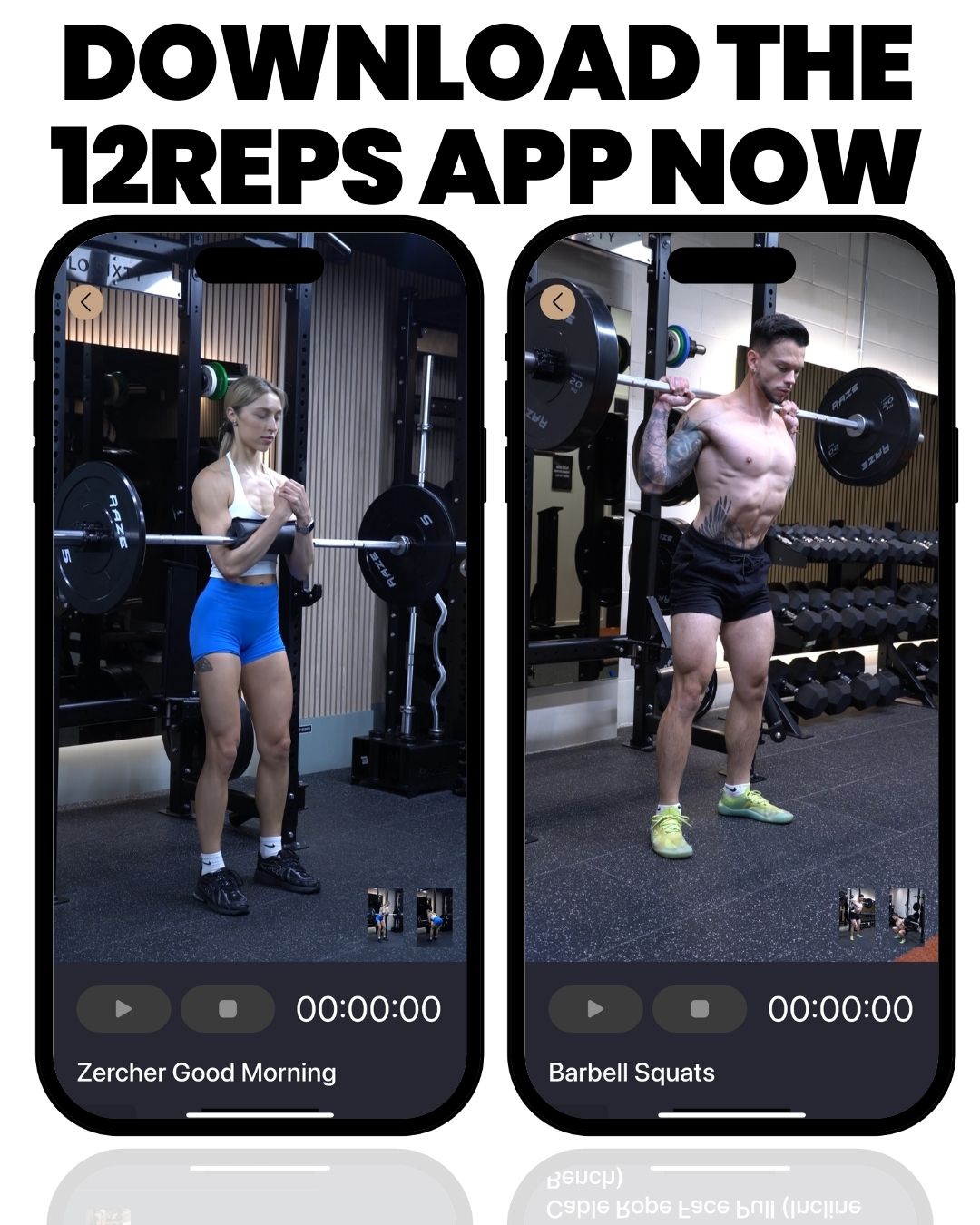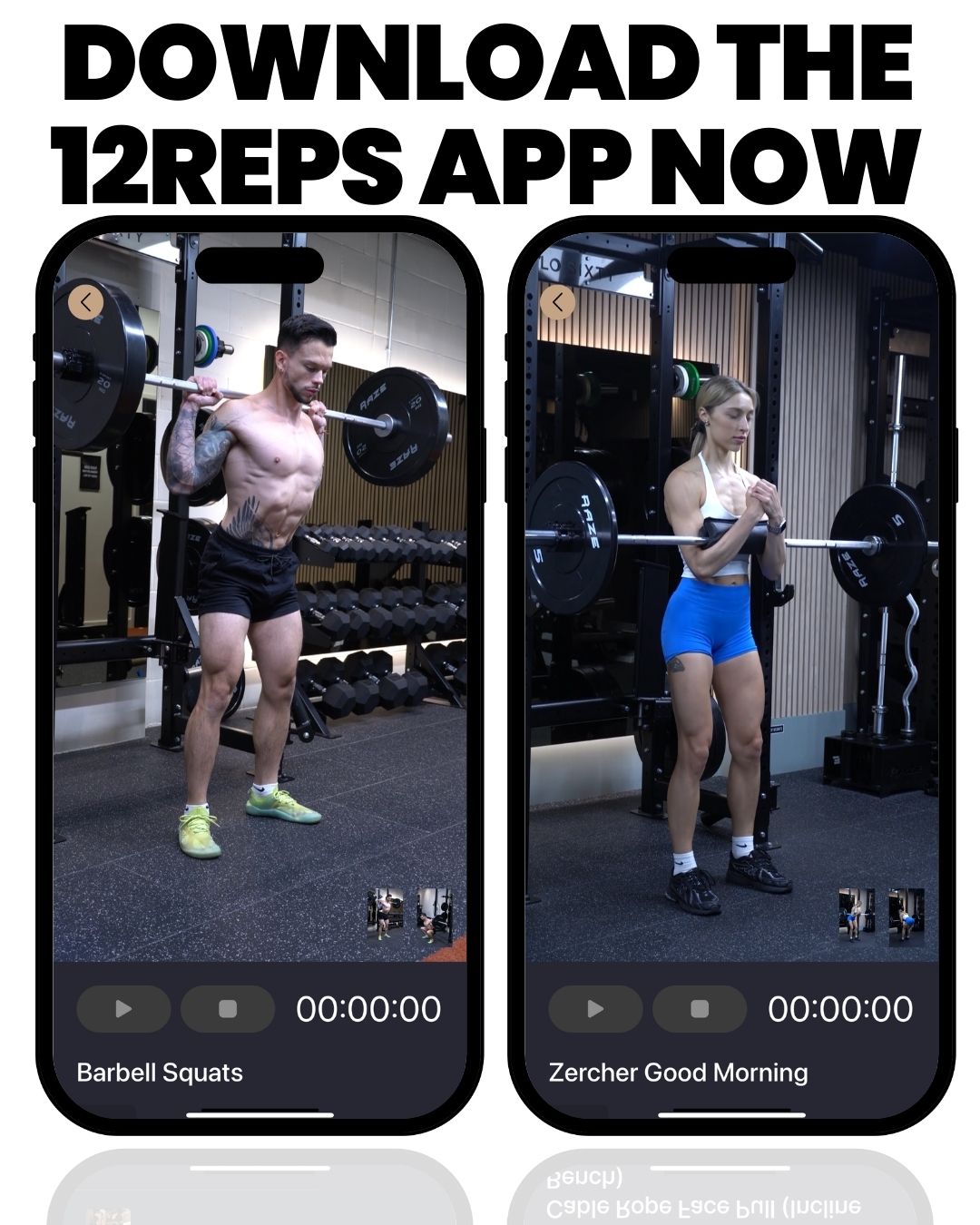Written by Will Duru, BSc (Hons) Sport and Exercise Science, award-winning Personal Trainer with over 10 years of experience in strength training and optimising recovery .
As personal trainer with over a decade of experience, a sports science degree, and a passion for helping clients achieve their absolute best, I, Will Duru, have seen countless transformations. I’ve guided athletes through the grueling preparations for marathons, half-marathons, CrossFit competitions, and the intense demands of Hyrox events. My approach is rooted in science and honed by years in the trenches, earning me the reputation of an award-winning strength and conditioning coach. But among all the incredible journeys I’ve been privileged to witness, Lucy’s stands out as a testament to what’s possible when you embrace a truly holistic approach to fitness.
When Lucy first walked into my gym, she was, by her own admission, a runner. A dedicated one, no doubt, with a good aerobic base, but her strength training was, shall we say, sporadic at best. She’d dabble in a few exercises here and there, but it wasn’t a core component of her regimen. Her focus was almost exclusively on logging miles, a common narrative I encounter with many endurance athletes. While running is fantastic for cardiovascular health and mental fortitude, it often leaves significant gaps in overall physical development, particularly in terms of strength, power, and resilience.
My vision for Lucy was clear, and it was ambitious: to transform her into a true hybrid athlete. This wasn’t about abandoning her love for running; it was about elevating her entire physical capacity, making her stronger, more powerful, and less prone to injury, ultimately enhancing her performance across multiple disciplines. This article will take you through Lucy’s incredible journey, detailing the strategic shifts in her training, the remarkable gains she made, and the profound impact it had on her body, mind, and competitive spirit. You’ll learn what it truly means to be a hybrid athlete, the critical role of strength, how nutrition adapts, and how recovery becomes paramount. And for those inspired by Lucy’s story, I’ll also touch upon how the 12reps app can be your guide to building your own hybrid athlete training program.
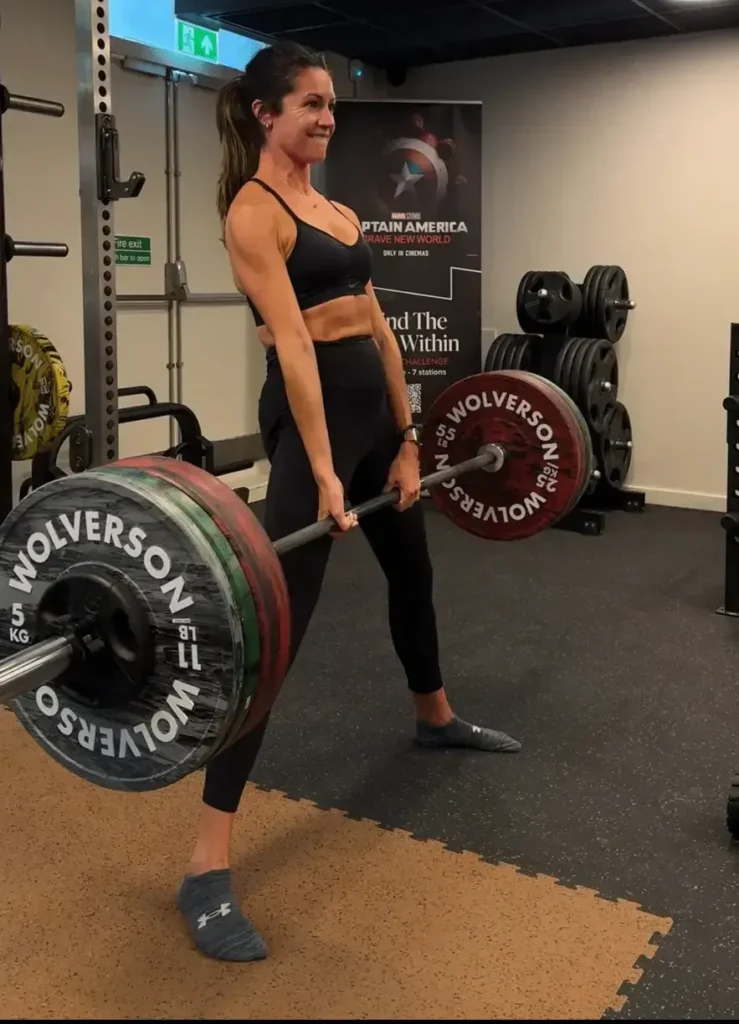
Understanding the Hybrid Athlete
Before we dive deeper into Lucy’s transformation, it’s crucial to understand what we mean by a ‘hybrid athlete.’ In the fitness world, this term has gained significant traction, and for good reason. A hybrid athlete is someone who excels across multiple, often disparate, physical domains. They possess a unique blend of strength, endurance, power, and agility, allowing them to perform exceptionally well in diverse challenges, from long-distance running to heavy lifting, and everything in between. They are not specialists in one area but rather generalists who have mastered the art of being incredibly fit in a multifaceted way.
What does a hybrid athlete have to possess? It’s more than just being able to run far and lift heavy. It requires a profound understanding and development of all major energy systems within the body. Our bodies produce energy through three primary systems, each dominant during different types of activity:
The ATP-PC (Adenosine Triphosphate-Phosphocreatine) System: This is your immediate energy system, providing quick bursts of power for activities lasting up to about 10-15 seconds. Think of a maximal lift, a short sprint, or a powerful jump. It’s anaerobic, meaning it doesn’t require oxygen, and relies on readily available ATP and phosphocreatine stores in the muscles. Training this system is crucial for explosive movements and raw power.
The Aerobic (Oxidative) System: This is your long-duration energy system, fueled by oxygen and capable of sustaining activity for minutes, hours, or even days. It uses carbohydrates and fats to produce ATP efficiently. Marathon running, long cycling sessions, or sustained efforts in a Hyrox race primarily rely on this system. Developing a robust aerobic base is fundamental for recovery between high-intensity efforts and for overall endurance.
A hybrid athlete must train all these systems synergistically. It’s not about maximising one at the expense of another, but rather optimising each to support overall performance. This comprehensive approach is why hybrid training is often considered superior for overall fitness and why it leads to a more well-rounded, resilient, and capable physique. It’s about building a body that’s ready for anything, a body that can adapt and excel in any physical challenge thrown its way. This is the essence of athletic strength training and the athlete strength training program we implemented for Lucy.
The Foundation Phase: Building Strength and Resilience
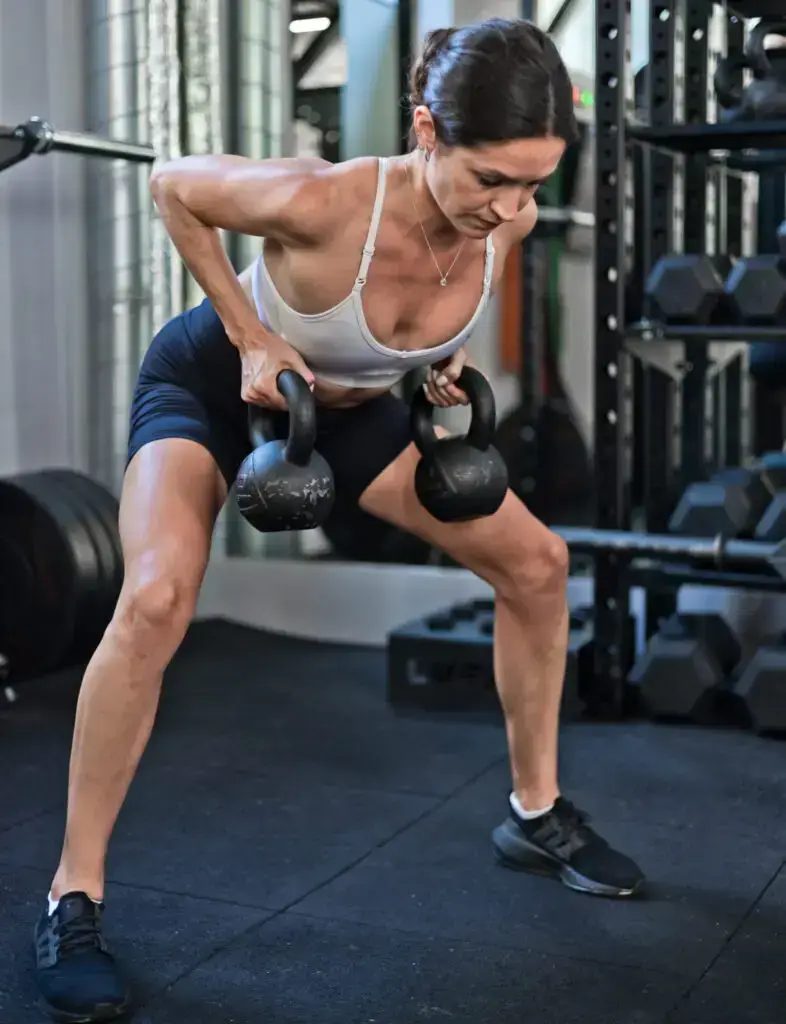
Lucy's Strength Gains
The dedication Lucy showed during our foundational strength phase was truly inspiring. She embraced the challenge, understood the ‘why’ behind every exercise, and consistently pushed her limits. The results were, frankly, astounding. Her body adapted, her nervous system became more efficient, and her strength numbers soared, laying a concrete foundation for her journey as a hybrid athlete. Let’s talk numbers, because they tell a powerful story of progression and the effectiveness of a well-structured athlete weightlifting program:
Deadlift Progression: 40kg to 120kg. This was perhaps the most dramatic and impactful change. The deadlift is a full-body exercise, a true test of raw strength and power in the posterior chain. Starting at a respectable 40kg, Lucy meticulously worked on her form, built her grip strength, and developed incredible core stability. Throughout just over a year, she was confidently pulling 120kg – three times her starting weight! This wasn’t just about moving weight; it was about unlocking immense power that translated directly into her running economy, her ability to navigate obstacles in Hyrox, and her overall resilience. This kind of deadlift training is transformative.
Pull-up Improvement: 2 to 12 Consecutive Reps. When we began, Lucy could manage two pull-ups with significant effort. Pull-ups are a fantastic indicator of relative strength and upper body pulling power. Through a combination of assisted pull-ups, negative reps, and targeted back and bicep work, she systematically built the strength required. To go from 2 to 12 unassisted pull-ups in a single set is a monumental achievement, showcasing incredible upper body strength endurance and a testament to her consistent effort in muscle building.
Squat Development: 40kg to 70kg. The squat is the king of lower body exercises, crucial for powerful running, jumping, and overall athletic performance. Lucy’s initial 40kg squat was solid, but we focused on deepening her squat, improving her hip mobility, and strengthening her glutes and quads. Her progression to 70kg demonstrated significant gains in lower body strength, stability, and power, directly benefiting her running stride and her ability to handle the leg-intensive movements in fitness competitions.
Sled Push Power: 45kg to 150kg. The sled push is a brutal yet highly effective exercise for developing explosive leg power and anaerobic capacity, making it a cornerstone of Hyrox training. Starting at 45kg, Lucy quickly adapted to the demands of this movement. We progressively loaded the sled, pushing her limits and building her ability to generate sustained power. Her ability to push 150kg was a clear indicator of her newfound strength and endurance, a direct result of dedicated athletic strength training.
These gains weren’t accidental. They were the result of a carefully periodised athlete strength training program that emphasised progressive overload, proper recovery, and meticulous attention to form. We utilised a variety of training methods, including heavy lifting, accessory work, and specific drills to address any weaknesses. This phase truly cemented her physical capabilities, transforming her from a runner who occasionally lifted into a formidable, strong athlete ready for the next stage of her hybrid journey.
Integrating Anaerobic and Power Training

Energy Systems Training for Hybrid Athletes
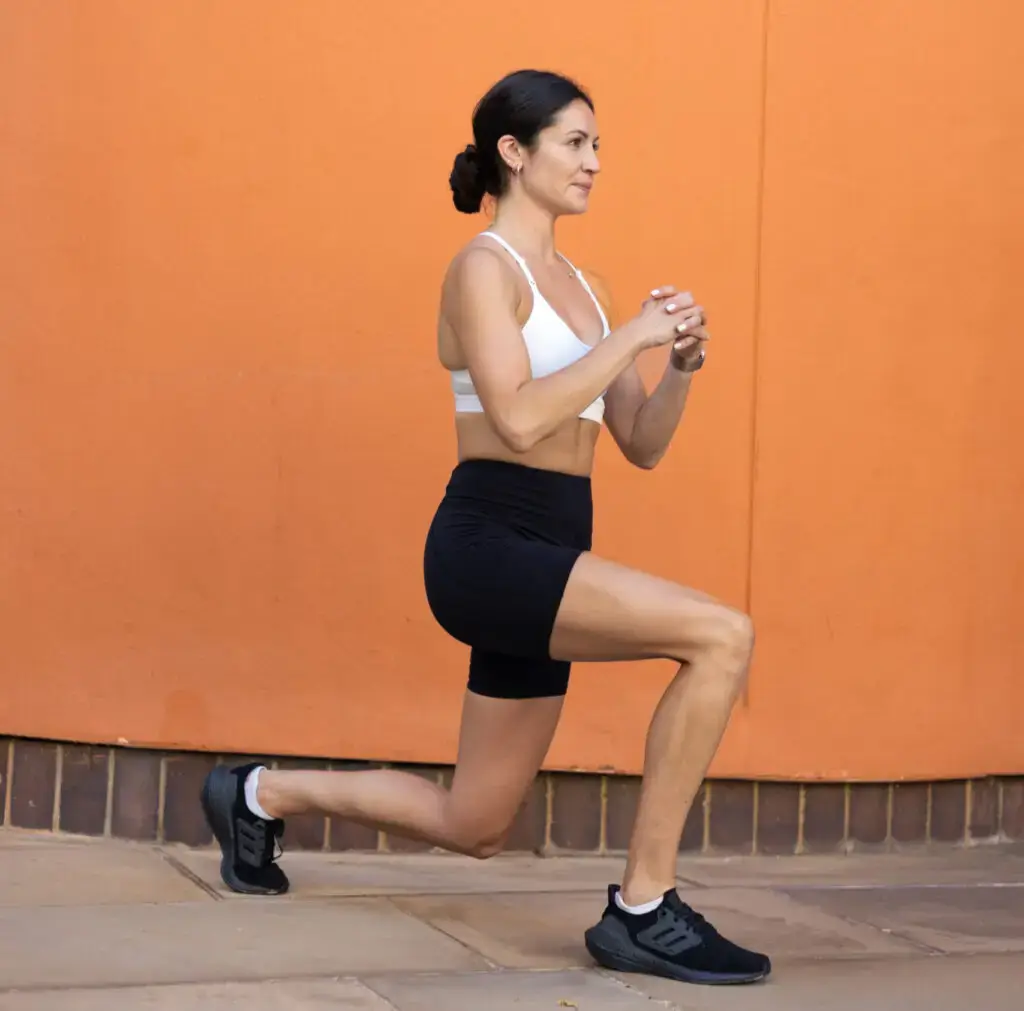
Weekly Training Structure
Body Composition and Physique Changes
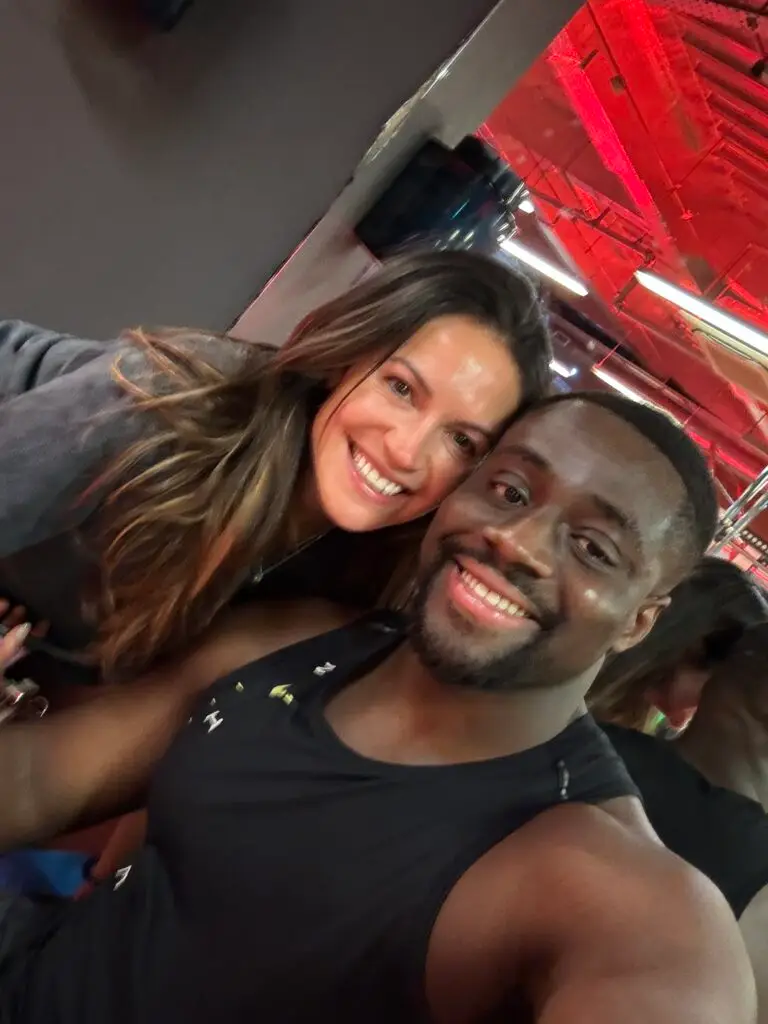
Nutrition for the Hybrid Athlete
Recovery and Rest Protocols
Lucy's Competition Success
The 12Reps App Solution


